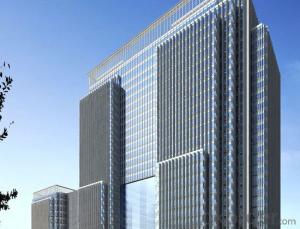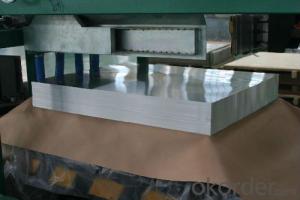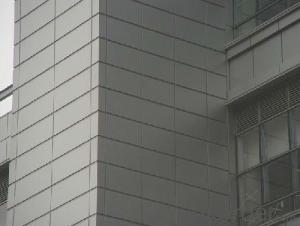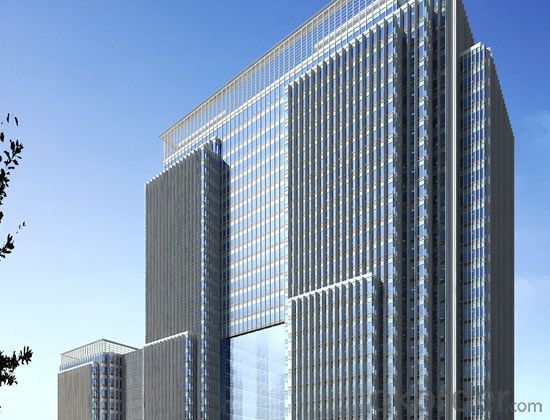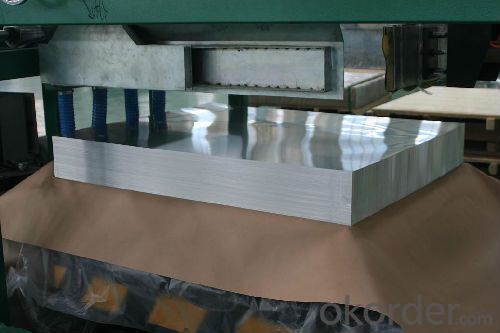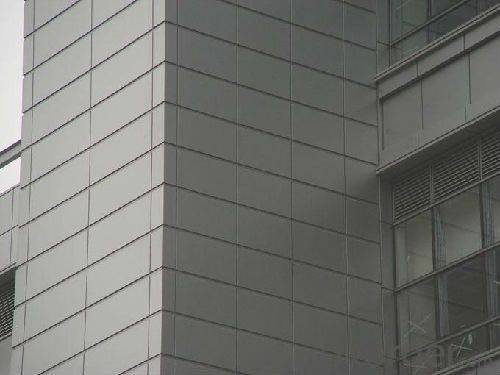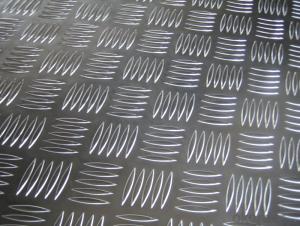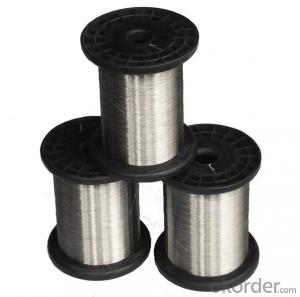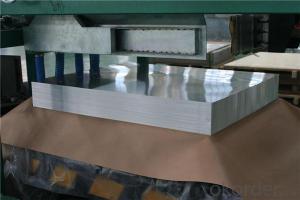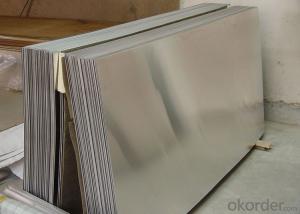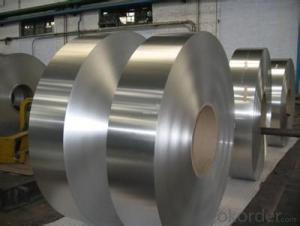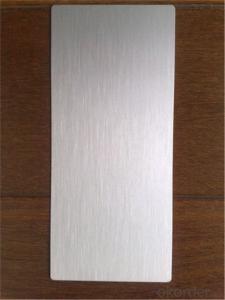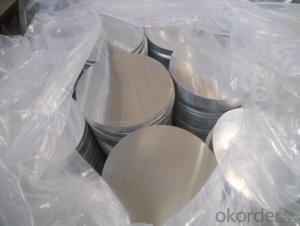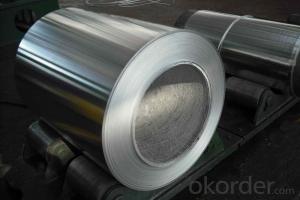Aluminum Ceiling Sheets - Cast Rolled Hot Rolled Mill Finish Aluminum Sheet 1000 3000 5000 Series
- Loading Port:
- Shanghai
- Payment Terms:
- TT OR LC
- Min Order Qty:
- 5 m.t.
- Supply Capability:
- 9000 m.t./month
OKorder Service Pledge
OKorder Financial Service
You Might Also Like
Specification
Product Description
1. Aluminum Sheet Brief Introdcution
1. Aluminum sheet Alloy 1050, 1060, 1100, 1200, 3003,3004,3005,3105,3104,5005,5052,5754.
2: Aluminum sheet surface: mill finish, bright finish embossed with five bar, stucco, diamond patterns.
3. Aluminum sheet thickness: 0.15-350mm,
4. Aluminum sheet width: 900-1950mm.
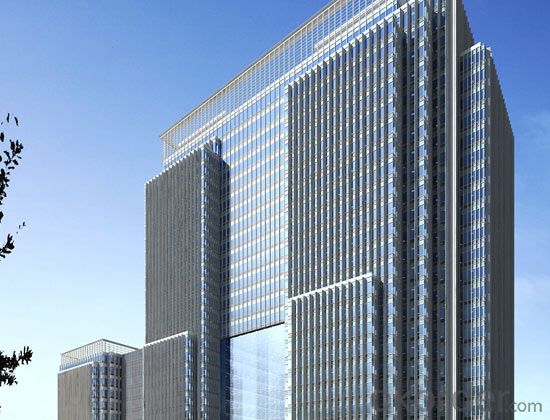
| Surface quality | free from black line, oil stain, bright line, clean cut, periodic stain, roller printing defects. |
| Application | aviation, marine, electric productions, trailer, machinery, construction. etc |
| Features | good corrosion resistances and excellent formability, |
| Standard | China Nation Standard GB 3880-2006, ASTM, EN |
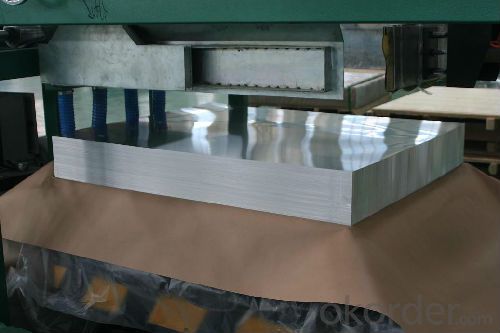
Price term: Ex-Work,FOB,CNF,CFR,DDP,DDU,or as required
Payment term:TT,L/C,Western Union,by cash,or as required
Delivery Time: Prompt delivery,or based on the quantity of order.
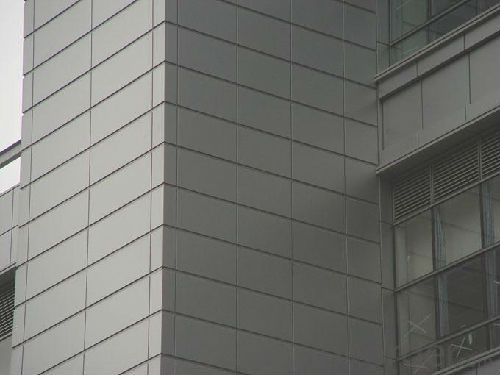
- Q: Can aluminum sheet be painted or coated after fabrication?
- Yes, aluminum sheet can be painted or coated after fabrication. The surface of the aluminum sheet can be prepared by cleaning and etching to ensure proper adhesion of the paint or coating.
- Q: Are aluminum sheets suitable for outdoor uses like fences or signs?
- <p>Yes, aluminum sheets are commonly used for outdoor applications such as fences and signage. Aluminum is lightweight, durable, and resistant to corrosion, making it ideal for outdoor conditions. It can withstand various weather elements without rusting. Additionally, aluminum can be easily formed into different shapes and sizes, and it's available in a wide range of colors and finishes, which makes it versatile for both functional and aesthetic purposes in outdoor settings.</p>
- Q: Hi everyone, I have this problem that I'm somewhat confused about. The problem is:An alloy of aluminum and magensium was treated with sodium hydroxide solution, in which only aluminum reacts to give hydrogen gas:2Al + 2NaOH + 6H20 --gt; 2NaAl(OH)4 + 3H2If a sample of alloy weighing 1.118 g gave 0.1068 g of hydrogen, what is the percentage aluminum in the alloy?How do I account for the magnesium and what stoichiometric relationships would I need to set-up? This is very confusing, but I appreciate the slightest of help on this!Thank you.
- You don't need to worry about the magnesium at all, because it doesn't enter into the reaction. You have a balanced equation for aluminium and hydrogen, and the data given are sufficient: From the equation, you know that 2 moles of aluminium produce 3 moles of H2. 0.1068 g of H2 were produced, so divide this by molecular mass of H2 (2.016) to determine the moles of H2 produced. You know that 3 moles of H2 would have been produced from 2 moles of Al. Therefore, multiply the moles of H2 by 2/3, to determine the moles of Al that were present. Now multiply this number by the atomic mass of Al, to determine the grams of Al. Now divide this number if grams by 1.118 and multiply by 100 to determine % Al present in the alloy.
- Q: How do aluminum sheets perform in terms of vibration damping?
- Aluminum sheets are known to have excellent vibration damping properties. Due to their high density and stiffness, they effectively absorb and dissipate vibrations, reducing the amplitude and duration of vibrations. This makes aluminum sheets ideal for applications that require vibration control, such as in the aerospace and automotive industries. Additionally, aluminum's lightweight nature allows for easy installation and maneuverability, making it a preferred choice for vibration damping solutions.
- Q: Is the process of installing aluminum sheets considered simple or straightforward?
- <p>Aluminum sheets are generally considered easy to install, especially with the right tools and some basic knowledge of construction or home improvement. They are lightweight, which makes handling and positioning them simpler compared to heavier materials. Installation typically involves measuring, cutting the sheets to size, and attaching them to a frame or substrate using screws or adhesives. Proper alignment and securing are crucial for a professional-looking finish. For complex installations or high structures, professional assistance may be necessary to ensure safety and adherence to building codes.</p>
- Q: How do aluminum sheets perform in terms of magnetism or electromagnetic interference?
- Aluminum sheets have a very low magnetic permeability, which means they are not attracted to magnets and do not retain a magnetic field. This property makes aluminum sheets highly resistant to magnetism and reduces their susceptibility to electromagnetic interference (EMI). Aluminum is often used in applications where shielding against EMI is necessary, such as in electronic devices, aerospace structures, and electrical enclosures. Due to its non-magnetic nature, aluminum sheets do not interfere with magnetic fields or create any significant electromagnetic fields of their own. This makes them ideal for applications that require minimal magnetic distortion, such as in MRI machines or sensitive scientific instruments. In addition to their low magnetism, aluminum sheets also have good electrical conductivity. This property allows them to effectively dissipate any induced currents or static charges, further reducing the risk of electromagnetic interference. Overall, aluminum sheets perform excellently in terms of magnetism and electromagnetic interference. Their low magnetic permeability, non-magnetic nature, and good electrical conductivity make them a favorable choice for applications where EMI shielding and minimal magnetic distortion are essential.
- Q: Can aluminum sheets be used for electronic enclosures?
- Indeed, electronic enclosures can make use of aluminum sheets. The remarkable characteristics of aluminum make it a frequently employed material for electronic enclosures. Its lightweight nature, resistance to corrosion, and ability to provide effective electromagnetic shielding are among its outstanding attributes. Aluminum sheets can be effortlessly shaped and crafted into diverse dimensions and configurations, rendering them well-suited for accommodating electronic components. Moreover, aluminum boasts commendable thermal conductivity, enabling efficient dissipation of heat from the enclosed electronics. In summary, aluminum sheets are a favored option for electronic enclosures owing to their durability, adaptability, and electrical properties.
- Q: What advantages does the ceramic panel curtain wall have compared with the aluminum sheet and stone curtain wall?
- Now, there are many kinds of ceramic curtain walls. They are made of natural clay materials. They are green, environmentally friendly, low energy consumption, and they are not easy to fade and deform. They have good corrosion resistance and durability, and high strength. At present, the domestic market of ceramic tile is faster than that of foreign countries. I heard ruigao is the first manufacturer of ceramic plate, there are other TOB ah, new Kerry ah. The strength is good.
- Q: How do aluminum sheets perform in terms of weldability?
- The weldability of aluminum sheets is generally good because of their low melting point and excellent thermal conductivity. Various techniques, such as TIG welding, MIG welding, or spot welding, can be used to weld aluminum sheets. However, there are a few factors that can affect the weldability of aluminum sheets. First, it is necessary to ensure that the surface of the aluminum sheet is clean and free from contaminants like oil, grease, or oxide layers. These contaminants can have a negative impact on the weld quality. Therefore, it is crucial to clean and prepare the surfaces to be welded properly. Second, aluminum sheets have a high thermal conductivity, which means that heat dissipates quickly. This can make it difficult to control the temperature during the welding process. To ensure a successful weld, it is important to have a skilled and experienced welder who can adjust the welding parameters accordingly. Lastly, aluminum sheets have a high coefficient of thermal expansion, which can result in distortion or warping during welding. To minimize these issues, techniques such as tack welding or clamping may be used to hold the sheets in position. In conclusion, aluminum sheets generally have good weldability due to their low melting point and excellent thermal conductivity. However, achieving high-quality welds and avoiding potential issues like contamination, distortion, or warping requires proper surface preparation, skilled welding techniques, and careful temperature control.
- Q: What is the weight of aluminum sheets?
- The weight of aluminum sheets can vary depending on the thickness and dimensions of the sheet. As a general guideline, the weight of aluminum sheets can range from about 2.7 grams per square centimeter (g/cm^2) for thin sheets to around 6.9 g/cm^2 for thicker sheets. However, it is important to note that these values are approximate and can vary slightly depending on the specific alloy and manufacturing process used. Therefore, it is recommended to consult the manufacturer or supplier for precise weight specifications for a particular aluminum sheet.
Send your message to us
Aluminum Ceiling Sheets - Cast Rolled Hot Rolled Mill Finish Aluminum Sheet 1000 3000 5000 Series
- Loading Port:
- Shanghai
- Payment Terms:
- TT OR LC
- Min Order Qty:
- 5 m.t.
- Supply Capability:
- 9000 m.t./month
OKorder Service Pledge
OKorder Financial Service
Similar products
Hot products
Hot Searches
Related keywords
